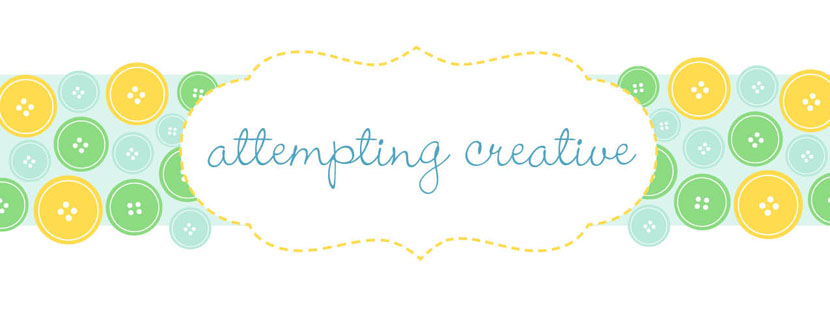Does everyone know what I mean when I say "bunting?"

I know when I've mentioned it to my friends, I've gotten weird looks. It's bunting--triangle garland, string of flags, pennants, party string. Fun on a string. Pretty fabric triangles hanging from a string. Ringing any bells? (Upon investigating, "bunting" seems to be a fairly British term - which might explain why I know it as that.)
And here's how you make it. Sit tight--here come a lot of pictures!
What You'll Need
6 pieces of fabric - I bought a quarter yard each of six fabrics.
Quilt binding, bias tape, or twill tape
Ruler
Scissors or rotary cutter
Iron and ironing board
Sewing machine
Bone folder (or something to pop out point of triangle)
Pins
First, you need some fabric. I chose six coordinating fabrics, that's three sets of two. The green gingham goes with the pink plaid. The purple circles go with the light green polka dots. The yellow polka dots go with the multi-color stripe. If you do it this way, you get six patterns, so your string of flags will have six different flags before repeating.
Cut strips of fabric, about seven inches. It doesn't have to be perfect, and it doesn't have to be neat. We do all the necessary cleaning and trimming later.
Then iron the fabric.
Then iron the two right-sides of a set together. (This just helps keep things together and pressed evenly.)
If one end or side of the fabric is much longer than the other, trim them to get as close to a solid strip of fabric as possible.
Now you need a triangle template. I just downloaded one from someone else (like
here). You can make your own (like
here). Or whatever you want to do. But from top to bottom, you'll want a flag that is about 6 inches long--remember your strip of fabric is around 7 inches.
Now it's time to cut. With each set of fabric together (right sides together), place the triangle with the top edge (the shortest edge) along the long edge of the fabric. Using scissors or a rotary cutter, cut out the fabric following the lines of the template. I used a quilt ruler to help keep a straight edge.
After you cut out the first triangle, flip it over on top of the large strip of fabric, and using your quilter's ruler and rotary cutter, make another slice. Then flip and cut, flip and cut until you reach the end.
Repeat the above steps with the other fabrics until you have all your triangles trimmed. (Though it doesn't look like it, the right sides are still together in the triangles below.)
Next, sew along the long edges of the triangles. You can sew them one at a time, stopping to clip and trim after each one. Or do like I did--and just sew one long line. Then when you're finished, clip and trim all at once.
Repeat on the second long side until all your triangles are sewn. (Do not sew the top--shorter--side. It stays open so you can flip your triangle out.)
Speaking of... flip all your triangles so the right sides are now out. Use the eraser tip of a pencil or a bone folder to poke out the point. Careful not to poke too hard. The fabric will rip--as I learned the hard way.
Next iron all the triangles flat. I actually first press on either side (where it's hemmed together) to help make the crease, then fold it and iron on the front and back.
Do each one until you get a beautiful stack like this! Ahhh... Take a moment to enjoy it.
Use bias tape, or quilt binding, or twill tape (or what else could you use?) to make your string. I used quilt binding because I had some extra I needed to use up. It's a bit wider than bias tape, so if you like a thinner string, go for it. Or just fold the quilt binding in half again. Either way.
I made two buntings that were each 3 yards long. Why three yards? That was the length of the quilt binding, so I went with that. Each string has about 15 triangles on it. You could do more or less depending on how close together you want them, how big they are, and how long your string is.
I laid the quilt binding in the floor (because I don't have a large work area, so the floor is easiest). Then with a yard stick, I set out each triangle with about an inch in between points. Do this all the way down the string, making sure the space between triangles look relatively even.
Slide the triangles under the folded quilt binding and pin in place. Before pinning them in place though, trim the top of the triangles if they're uneven or too messy.
Single stitch at the bottom of the quilt binding, removing pins as you go. Then single stitch along the top of the quilt binding for extra security.
Clean up and secure the ends by unfolding them, sewing along the end, folding it in half, and sewing it together. Don't forget to back stitch.
And there you have it! Your very own bunting - string of triangles - garland - summer string fun!
I ironed them one more time. It just helps even out all the wrinkles and bumps, especially in the top along the binding.
See something you like? Print it. Share it. Email it. But please, link back here when you do.






























































